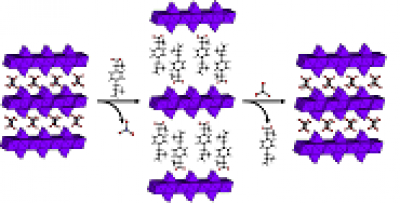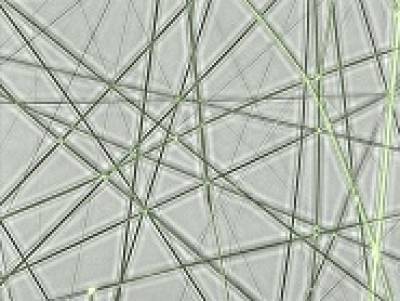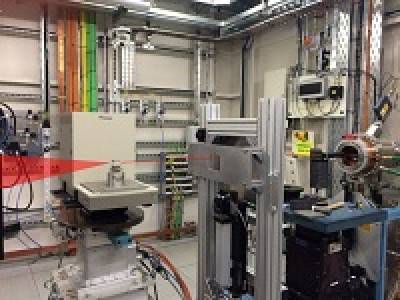Contact
- g.williams@ucl.ac.uk
- Address
-
University College London
UCL School of Pharmacy
29-39 Brunswick Square
London
WC1N 1AX
Selected research

Gareth R. Williams, Kaat Fierens, Stephen G. Preston, Daniel Lunn, Oliwia Rysnik, Sofie De Prijck, Mirjam Kool, Hannah C. Buckley, Bart N. Lambrecht, Dermot O’Hare and Jonathan M. Austyn. Immunity induced by a broad class of inorganic crystalline materials is directly controlled by their chemistry. J. Exp. Med. 2014, 211, 1019.

Deng-Guang Yu, Xiao-Yan Li, Xia Wang, Jun-He Yang, S.W. Annie Bligh, and Gareth R. Williams. Nanofibers fabricated using triaxial electrospinning as zero order drug delivery systems. ACS Appl. Mater. Interfaces 2015, 7, 18891.
Alexander Clout, Asma B. M. Buanz, Timothy J. Prior, Christina Reinhard, Yue Wu, Dermot O’Hare, Gareth R. Williams, and Simon Gaisford. Simultaneous differential scanning calorimetry – synchrotron X-ray powder diffraction: A powerful technique for physical form characterisation in pharmaceutical materials. Anal. Chem. 2016, 88, 10111.

 Close
Close

